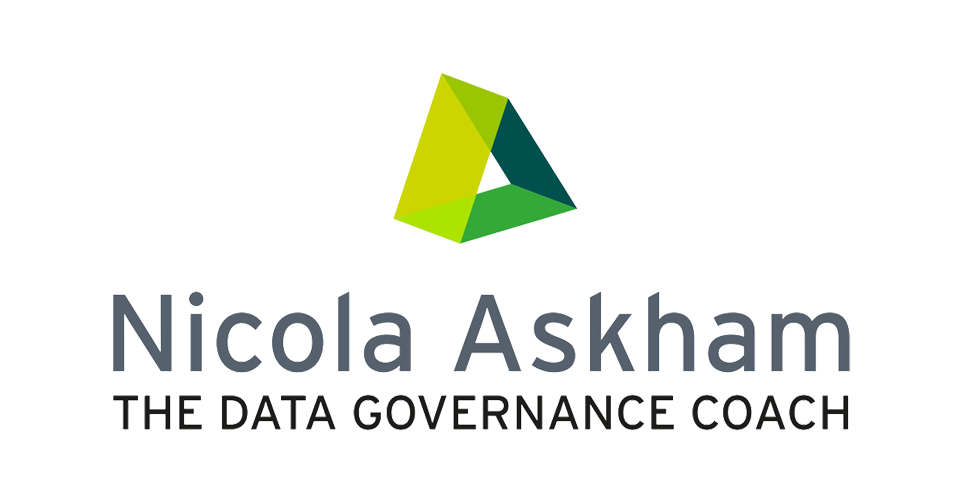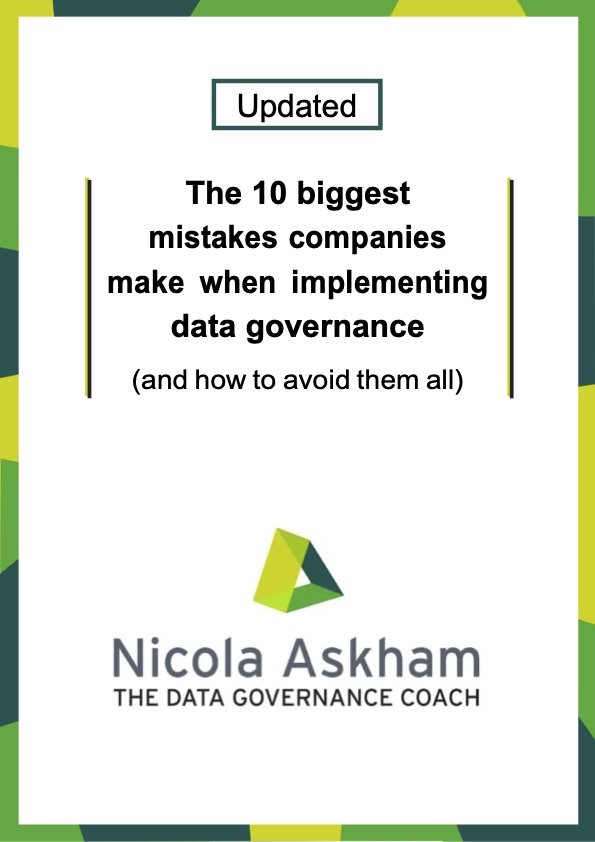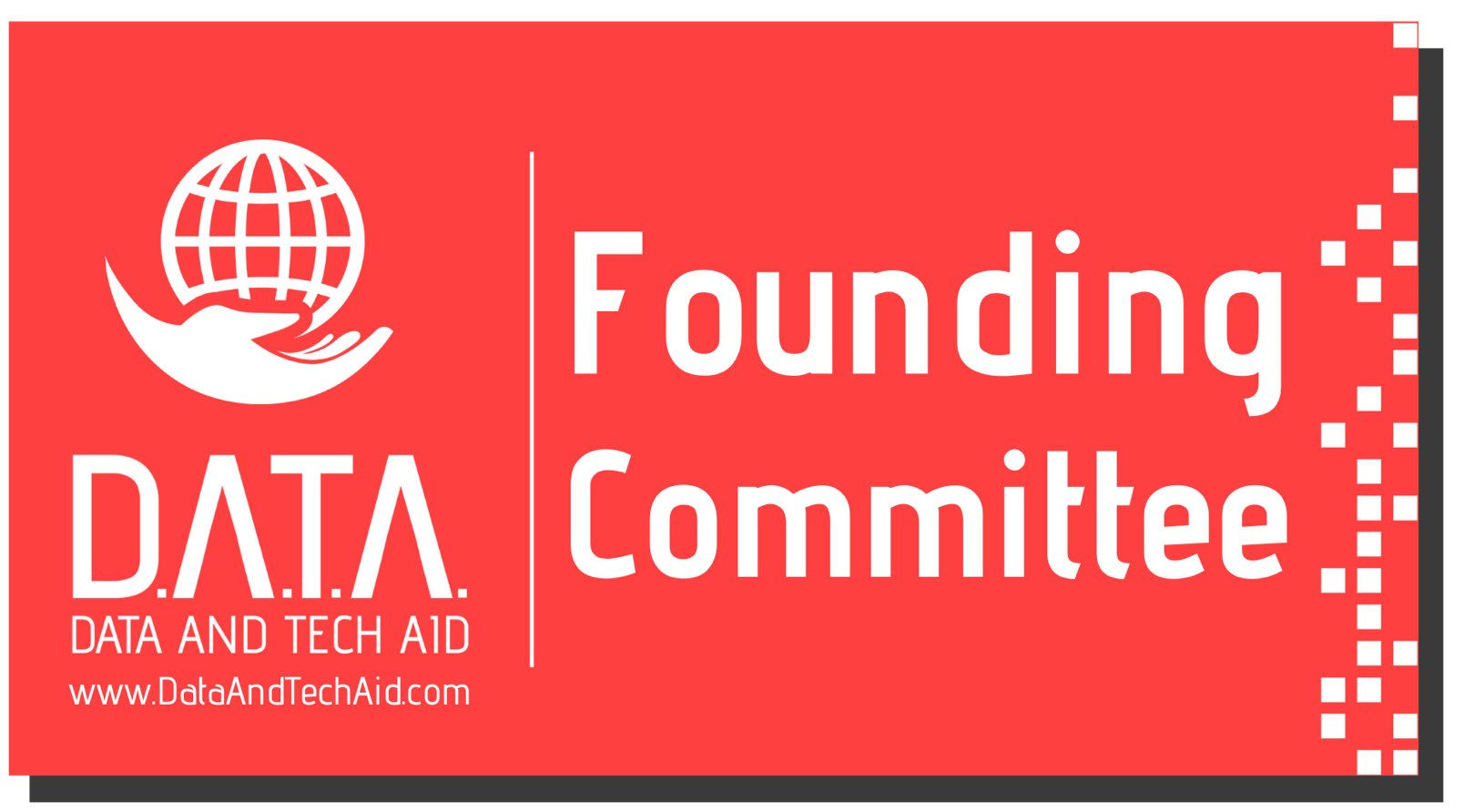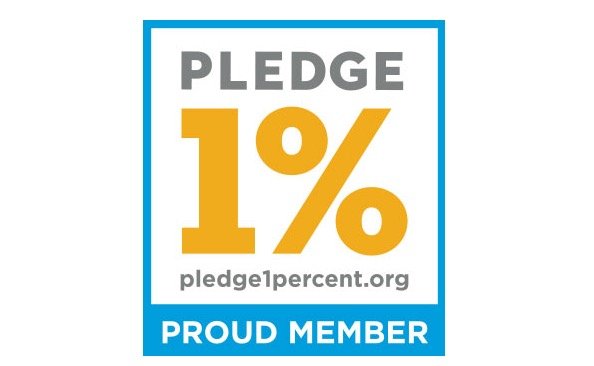Do You Need a Data Strategy and a Data Governance Strategy?
/With the increasing importance of data, many organisations are asking whether they need both a data strategy and a Data Governance strategy. I've been doing Data Governance for over twenty years now and I'll be honest - in the first fifteen years, no one even talked about a data strategy or a Data Governance strategy. But, before we dive into the answer, let's start by getting the basics straight.
What Is a Data Strategy?
A data strategy is like a game plan for how a company uses its data to reach its business goals. Think of it like an architect’s blueprint for building a house—it lays out exactly how data will be collected, managed, and used across the organisation.
Here’s what a data strategy can include:
Vision and Objectives – This is the big picture. It’s about how the company wants to use data to support its goals.
Data Governance Framework – These are the rules and roles that keep data organised, secure, and compliant.
Data Quality Management – This makes sure the data is accurate and reliable by setting clear standards.
Technology and Tools – These are the systems and software that help collect, store, and analyse data for better decision-making.
A data strategy is important because it acts like a map in a world overflowing with data. Without it, organisations can easily lose direction. With a clear strategy, businesses can make smarter, faster decisions because they’re working with accurate and reliable data. So, in short, a solid data strategy turns scattered information into meaningful insights that drive success.
So Where Does a Data Governance Strategy Come in?
Over the last few years, there's been a lot more of a focus on data as a valuable asset than ever before and with this has come a shift in focus from individual fields, such as Data Governance, to broader ones, like data strategies. Therefore, Data Governance should be a key part of the data strategy yet a Data Governance strategy differs because it focuses only on setting policies, procedures and standards to ensure data is accurate, consistent and used correctly. It’s not usually the job of someone working on a Data Governance strategy to create the entire data strategy yet there can be some confusion surrounding this.
Due to Data Governance being part of a data strategy, it can get a bit confusing when we call what we do a ‘Data Governance strategy’. As a Data Governance lead, your job is to make sure your governance practices fit within the broader data strategy and align with the organisation's corporate strategy and goals.
Therefore, if you have a data strategy in place, then I don't think you need a Data Governance strategy. You've already done the work and can take the Data Governance elements out to form your plan, which you'll be able to share with stakeholders when talking about Data Governance.
If you don't have a data strategy, it's up to you whether you create a Data Governance strategy, but remember you must align it first and foremost with your organisation's corporate strategy.
At the end of the day…
You can call your plan a Data Governance strategy if you want to. I rarely do, and I rarely recommend that my clients do because I prefer keeping terms simple and not confusing.
Overall, as a Data Governance lead everybody will expect you to have a high-level plan or approach for what you're doing and, if you think it will help you, you can call it a Data Governance strategy. However, from my experience, if your organisation has a data strategy I would avoid having a separate Data Governance strategy. We need to embrace simplicity and avoid scaring people away with the prospect of more documents to read!
If you found this helpful, please share it on social media, and if you have any more questions about this or anything about Data Governance, you can book a call with me below.








